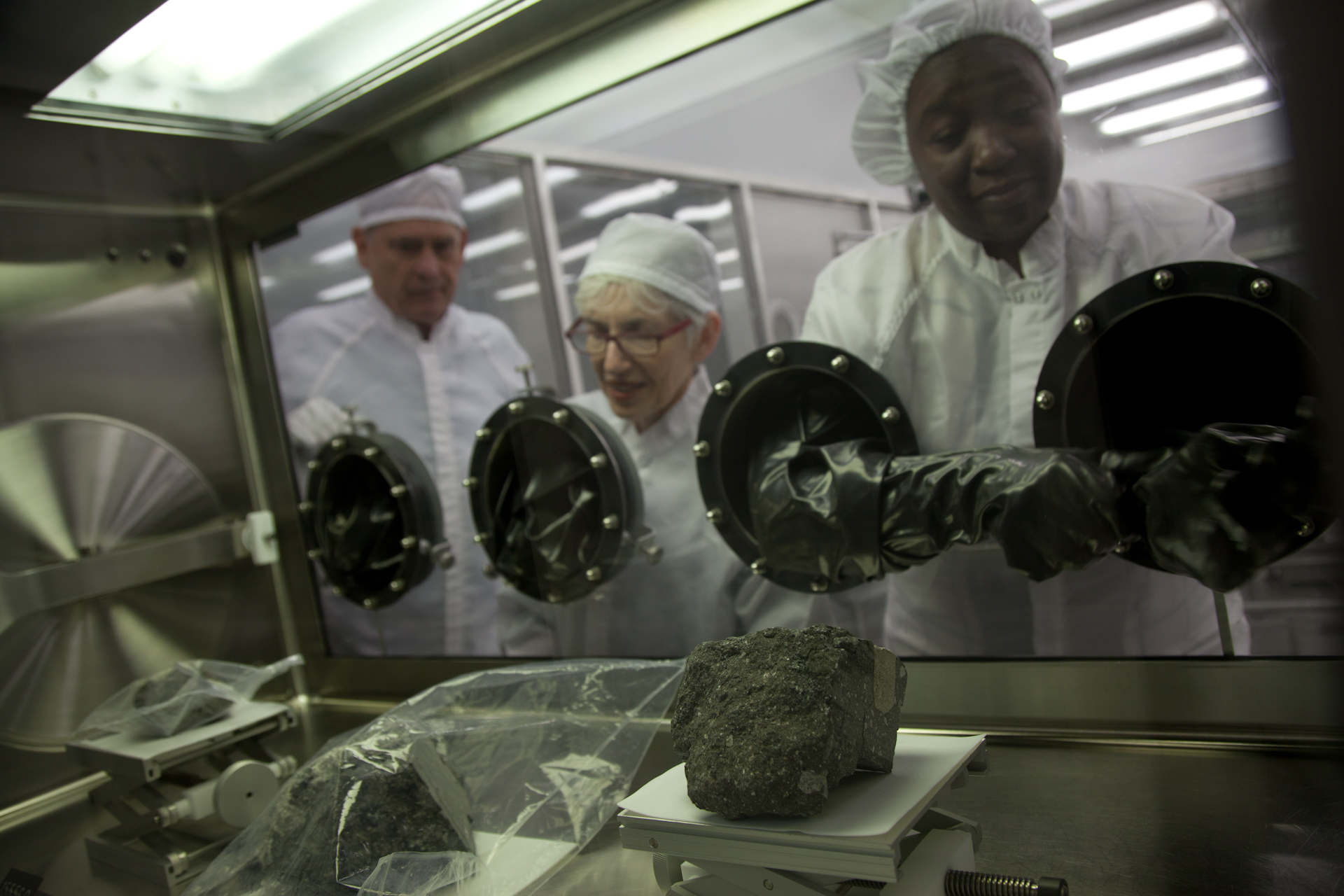The first round of U.S. travel to promote A More Perfect Heaven landed me last Sunday (October 9) in Concord, New Hampshire as a guest of Gibson's Bookstore. Two extraordinary experiences bracketed my talk at the Capitol Center for the Arts.

First, on approaching the theater for the 7 p.m. event, I saw my name in lights.
Upon exiting later, however, after speaking to a most congenial audience, I learned that every car parked near the venue had been leafleted with anti-Copernican literature.
The headline on the three-sheet handout, "Selected Profiles in the Geocentric-Heliocentric Debate," made me think the document must be a prank. Surely no one in New England in 2011 still clung to a flat Earth or an Earth-centered cosmos. But I regret to say I was wrong.
"In the 16th century, anti-God forces waged an all out war on Biblical truth," the printed diatribe began. "Copernicus proclaimed that the earth was not stationary--in direct contradiction to the holy scriptures. With no proof, Copernicus dethroned the earth as the jewel of all creation and enthroned the sun in its place."
Since the distributor of this document did not attend my talk to confront me, I had no chance to defend Copernicus--or Galileo, who was similarly defamed on page 2: "None, but none among the fanciful assertions of the believers in Galileo's sun-centered astronomical gospel has ever been proven."
Surrounded by friendly nerds as I usually am, I've been shielded from this desperate brand of deceit. It jibed all too well with the laments I heard last month from staff at the Lunar and Planetary Institute in Houston, ruing the energy they expend fending off "deniers" who insist the Apollo landings were faked.
Things are worse than I thought.

